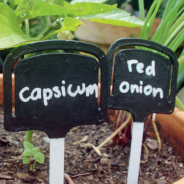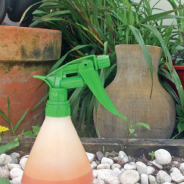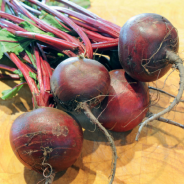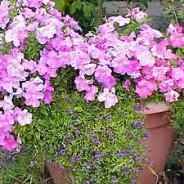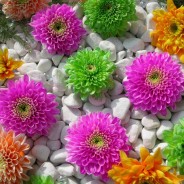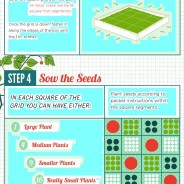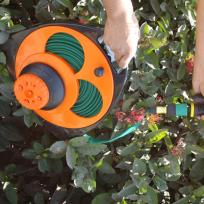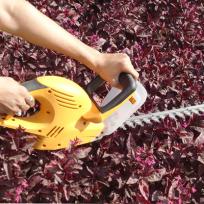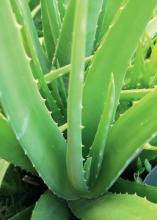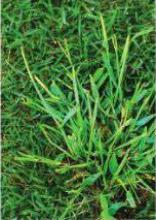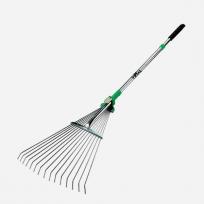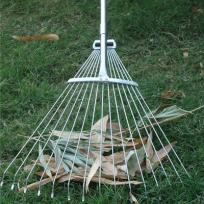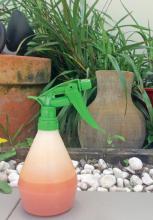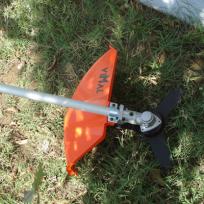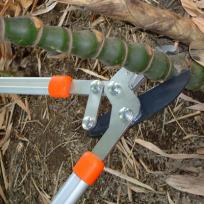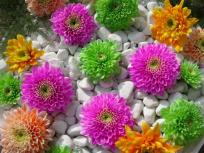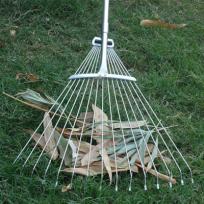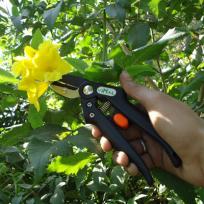Innovative green ideas (Part 2)
Hard shells Seeds with hard husks, such as peas, beans, silverbeet and beetroot, will benefit from being soaked in water overnight before sowing. This helps break down their protective coating and speeds up germination. Chilli pest spray An organic chilli spray can help protect your crops from pests and diseases and is particularly economical if you can’t eat your chilli harvest fast enough. Puree 20 chillies with 500mL of water. Strain the pureed pulp then add one teaspoon of liquid soap (to help the spray stick to the leaves and be most...
read moreInnovative green ideas (Part 1)
Sprouting in the kitchen Home-grown sprouts have a much better flavour than store-bought ones and can be easily grown in the kitchen year round. Place sprout seeds in a jam jar covered with muslin cloth and secure with an elastic band. Douse the seeds in water twice a day and drainthrough the muslin. Within three to seven days the sprouts will be ready to eat. You can extend the short shelf life of sprouts by freezing them. Double harvest Buy your next crop of vegetables in both seeds and seedlings. By planting a row of seeds and seedlings...
read moreRecycling
Recycling is about living in balance with the Earth, creating harmony through nurturing and valuing what we have, not wasting it. How much junk do you have stashed away awaiting the next council cleanup? With a little lateral thinking it can be given a new lease on life. Gardeners are connected intimately to their environment and can make a positive impact in many ways. By recycling and reusing items in the garden, we can save objects intended for landfill, give them a new purpose and have some fun along the way. Reuse or recycle? Reuse (or...
read moreBeetroot
Beetroot (Beta vulgaris) is a rewarding crop to grow in the home vegetable garden. Not only does it produce its tasty red roots, but the young leaves can be harvested and eaten in a salad. Our last issue described heirloom beetroot varieties and now we will look more in-depth at how to grow this nutritious vegetable. This root vegetable is best known for its round red root, but beetroots come in other colours and shapes. They can be red and white (‘Chioggia’), dark red (‘Bulls Blood’) or golden (varieties include ‘Burpees Golden’...
read moreWinter Flowers in India
Many of the flowers that bloom in India are familiar to gardeners the world over, including those that color the landscape during the winter months. Winter flowers in India include calendulas, cornflowers, foxgloves, pansies and violas. Indian Olibanum The tiny, cream-colored flowers of the Indian Olibanum (Boswellia serrata) usually bloom in January. This deciduous tree is endemic to India, proliferating on dry hills and slopes. The flowers form a marked contrast to the ash-colored bark and the pinnate leaves that characterize this small...
read moreDecember Gardening Tips
These simple maintenance tasks keep your patio planters and window boxes looking their best throughout the growing season and help cold-climate gardeners prepare for winter. Tools and Materials: Planted containers Water source, hose or watering can Slow-release and water-soluble fertilizers Scissors or hand pruners Seasonal flowering and foliage plants Chicken wire and loose mulch, optional Water frequently. Closely spaced plants packed into a small volume of soil need watering as often as once or twice a day, especially in hot, sunny, dry...
read moreDo It Yourself: An Attractive Rock Garden Anyone Would Be Proud Of
One of the most economical ways to enhance the landscape surrounding your home is to build a rock garden. Rock gardens are most often associated with the British Isles, where the climate is rarely accommodating to delicate plants. Rock gardens bring with them the assumption of having very few plants, and those of a very hardy variety, or no plants at all. The arrangement of the rocks in your garden, when properly complemented by attractive plants with coordinating colors, can add to the beauty of the home and provide a low-maintenance...
read moreCreate a Simple Houseplant Wicking System
Step 1: Lay one end of the cotton strip on the soil. Wrap it loosely around the base of the plant’s stem. Step 2: Use your finger to gently dig into the soil of the first plant. Try not to disturb the roots. Bury the end of the cotton strip in the dirt. Step 3: Fill the tall, large bowl with water, and set it next to the plant. Place the other end of the cotton strip in the bowl of water. Be sure that the strip increases elevation as it spans between the plant and the container of water. The water will slowly wick over, from the bowl to the...
read more
